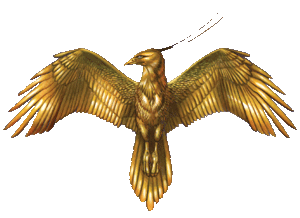countries

Cuba:
Havana, Marianao, Matanzas
Culture and Society
-
The Cuban population is a mixture of Caucasian descendants of the original settlers from Spain, Black descendants of the enslaved population from Africa, and Chinese descendants of immigrant workers. These main groups, along with some smaller ethnicities have intermarried to create a distinct Cuban population.
-
Cuba has historically struggled with racial issues, and had a slave population until the latter half of the 19th century.
-
After independence, the various governments neglected the poor, many of whom were Black. The Castro Regime has made efforts to remedy this.
-
Cubans have a strong sense of “Cubanidad,” or cultural identity rooted in African culture and arts from the Yoruba, Fon, Bantu and Ibo ethnic groups.
-
Equality of the sexes is the official socialist ideal, although sexism is still prevalent and women still do most of the domestic work. Publicly, a man is considered the head of household although within the home, the woman usually has control.
-
It is difficult to practice religion openly and be successful in Cuban society.
-
Cuban music is a distinctive combination of African and Spanish elements: The rumba, guaracha, bolero, conga, and cha-cha are among Cuban rhythms enjoyed by listeners and dancers all over the world.
Haiti:
Port au Prince
Culture and Society
-
Haiti, country in the Caribbean Sea that includes the western third of the island of Hispaniola and such smaller islands as Gonâve, Tortue (Tortuga), Grande Caye, and Vache. The capital is Port-au-Prince.
-
The population is mostly descended from enslaved Africans who won independence from France in 1804, making it the second country in the Americas, after the United States, to free itself from colonial rule.
-
Haiti is bordered to the east by the Dominican Republic, which covers the rest of Hispaniola, to the south and west by the Caribbean, and to the north by the Atlantic Ocean. Cuba lies some 50 miles (80 km) west of Haiti’s northern peninsula.
-
The generally rugged topography of central and western Hispaniola is reflected in Haiti’s name, which derives from the indigenous Arawak place-name Ayti “Mountainous Land”.
-
Haitian Creole (Kweyol, or Kreyol) and French are the official languages. Creole is normally used in daily life, and French—the second language of perhaps one-tenth of the people—is used in more formal circumstances.
-
More than half of the population practices Roman Catholicism, and approximately one-fourth is Protestant or independent Christian. Most Haitian Roman Catholics are also practitioners of Vodou(Voodoo, or Vodun), a religion derived from West African religions.
-
Haitian music and dance is rooted in the African cultural expressions of the enslaved population brought to the island.


Brazil:
Rio de Janerio, Salvador Bahia
Please return for more information.


